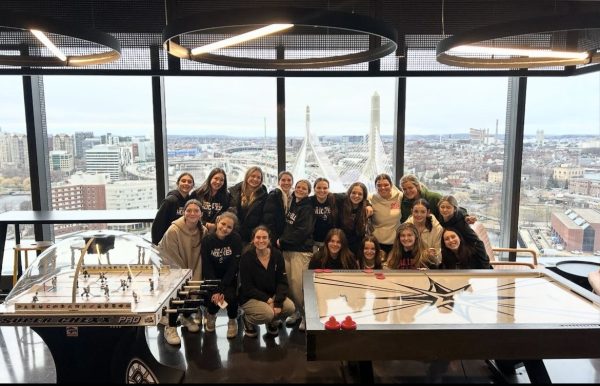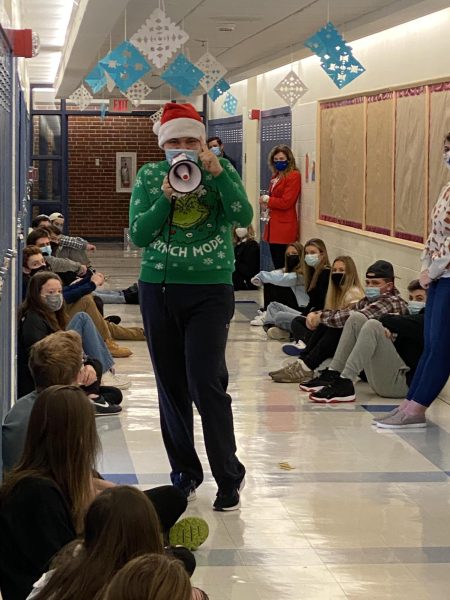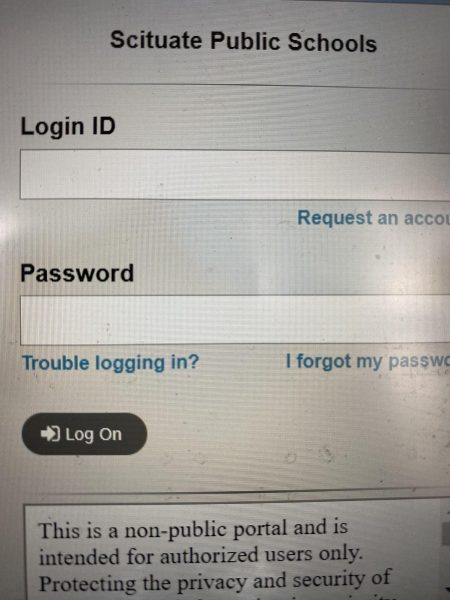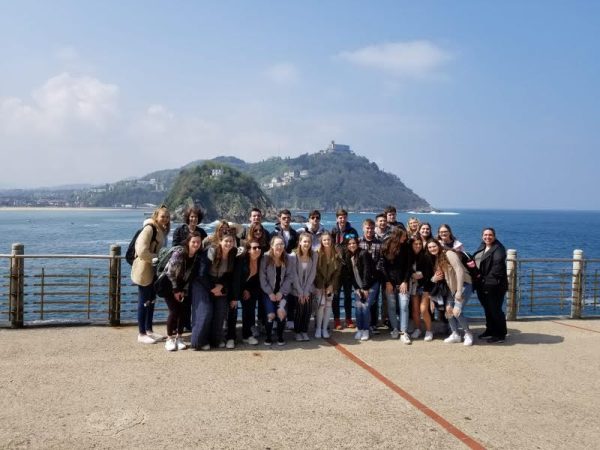Freshman Learning Communities Planned for 2018-19
Teachers and administrators hoping to ease the transition to high school for SHS freshmen
June 5, 2018
Although they are not in high school yet, the current eighth grade students at Gates Middle School represent an important priority for SHS faculty and administrators. Planning is underway so these students will experience a new program designed specifically for freshmen: Freshman Learning Communities.
Designed to help with the transition from middle school to high school, Freshman Learning Communities were originally proposed by Principal Rob Wargo. Subsequently, several faculty members expressed an interest in this approach to teaching freshmen. With this plan, eight SHS teachers will only teach freshmen. Core subjects (math, science, history, and English) will be comprised of the same set of teachers–one from each subject. They will be broken up into two “crews,” and every freshman will be taught by one crew or the other.
It is important to note Freshman Learning Communities do not duplicate the team structure students experienced at Gates Middle School. According to SHS English teacher Karen Naylor, the focus is on “how do you become a member of the class of 2022, not part of Team Orange.” Freshman teachers will meet on a regular basis to discuss individual student performance as well as the class as a whole. Teachers will discuss effective methods of teaching to each student’s unique learning style. Freshman Learning Communities will be more holistic and community-oriented than the middle school, according to Naylor.
Principal Wargo was very influential in implementing this new model, emphasizing the impact of freshman year on the rest of a student’s high school career–and life after high school. According to Wargo, if the transition is “not done well, it can set someone up for poor results during and after high school.” Naylor, who played a role in developing this new program, agreed with the importance of freshman year: “When you have a bad start, it’s really hard to recover. Lots of students do fine, but lots of students don’t do well with that and students start to fall through the cracks,” she said.
According to Naylor, the scheduling changes are going to be more apparent to the teachers than to the students. Naylor said she is “super excited to collaborate” and such teamwork will be influential in interdisciplinary projects and ideas. This will also help the student workload because teachers will be able to let colleagues in their “crew” know when they are giving a test, and the overlap of tests and due dates won’t occur. Frequent collaboration meetings will help teachers monitor how each student is progressing. In addition, the “crew” will be able to provide more support to students who experience personal issues that impact their ability to focus on school.
Moving forward with the plan, Wargo and Naylor have two major concerns about Freshman Learning Communities: that people will believe freshmen are now being placed on teams, and that this new approach is specifically designed for students who struggle academically. Naylor emphasized that Freshman Learning Communities are for all students, no matter whether they are struggling or thriving, with the intention of “every single student feeling like we see them.”
Wargo said he hopes this new system will support each student during a very crucial developmental period. Other benefits, according to Wargo, include “stronger connections” between teachers and students, and establishing a robust foundation for the freshman class. Naylor emphasized that students should “love it and feel happy here and feel that they got everything they needed to be successful.”









